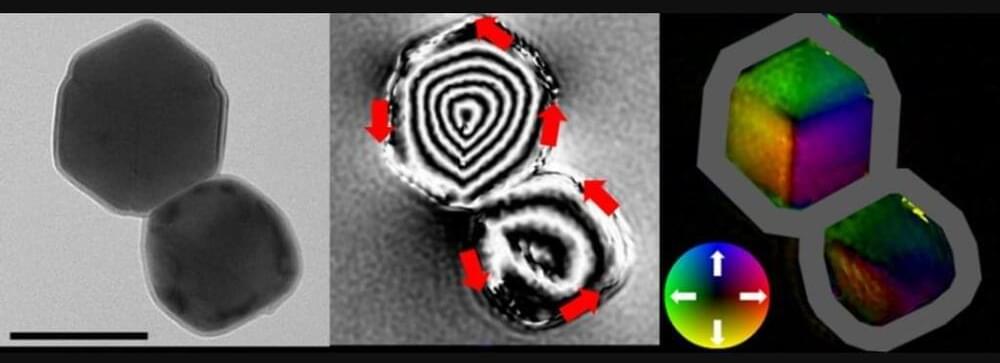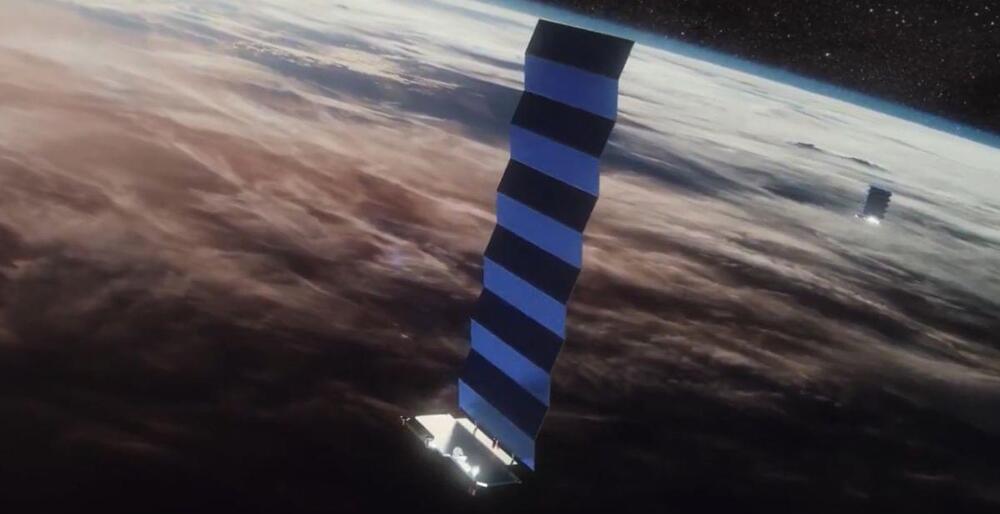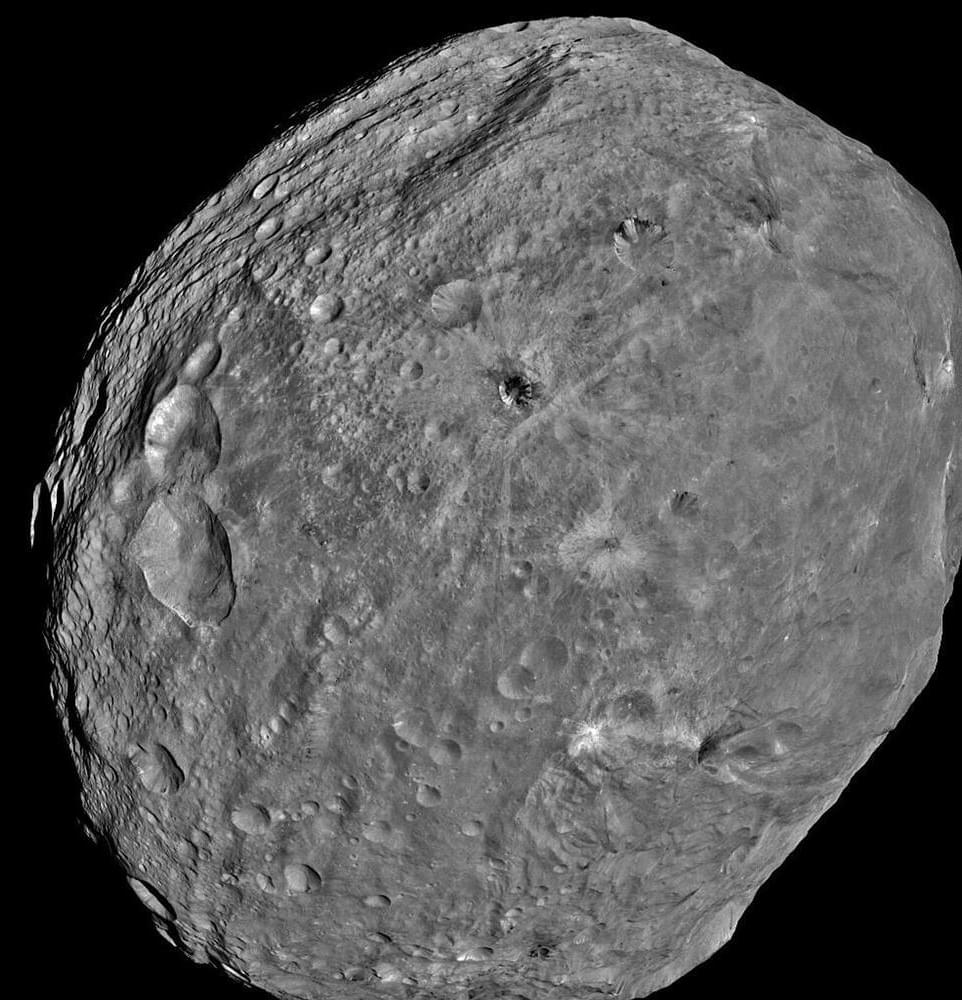DP World has completed testing of the Boxbay fully automated container storage system at its Jebel Ali terminal in Dubai, accomplishing more than 63,000 container moves since the facility was commissioned earlier this year.
The facility, which can hold 792 containers at a time, exceeded expectations, delivering faster and more energy-efficient than anticipated, the Dubai-headquartered terminal operator said.
The solar-powered system stores containers in slots in a steel rack up to eleven high. DP World claims Boxbay delivers three times the capacity of a conventional yard in which containers are stacked directly on top of each other, reducing the footprint of terminals by 70% and energy costs by 29%. Boxbay delivered 19.3 moves per hour at each waterside transfer table to the straddle carrier and 31.8 moves per hour at each landside truck crane.



